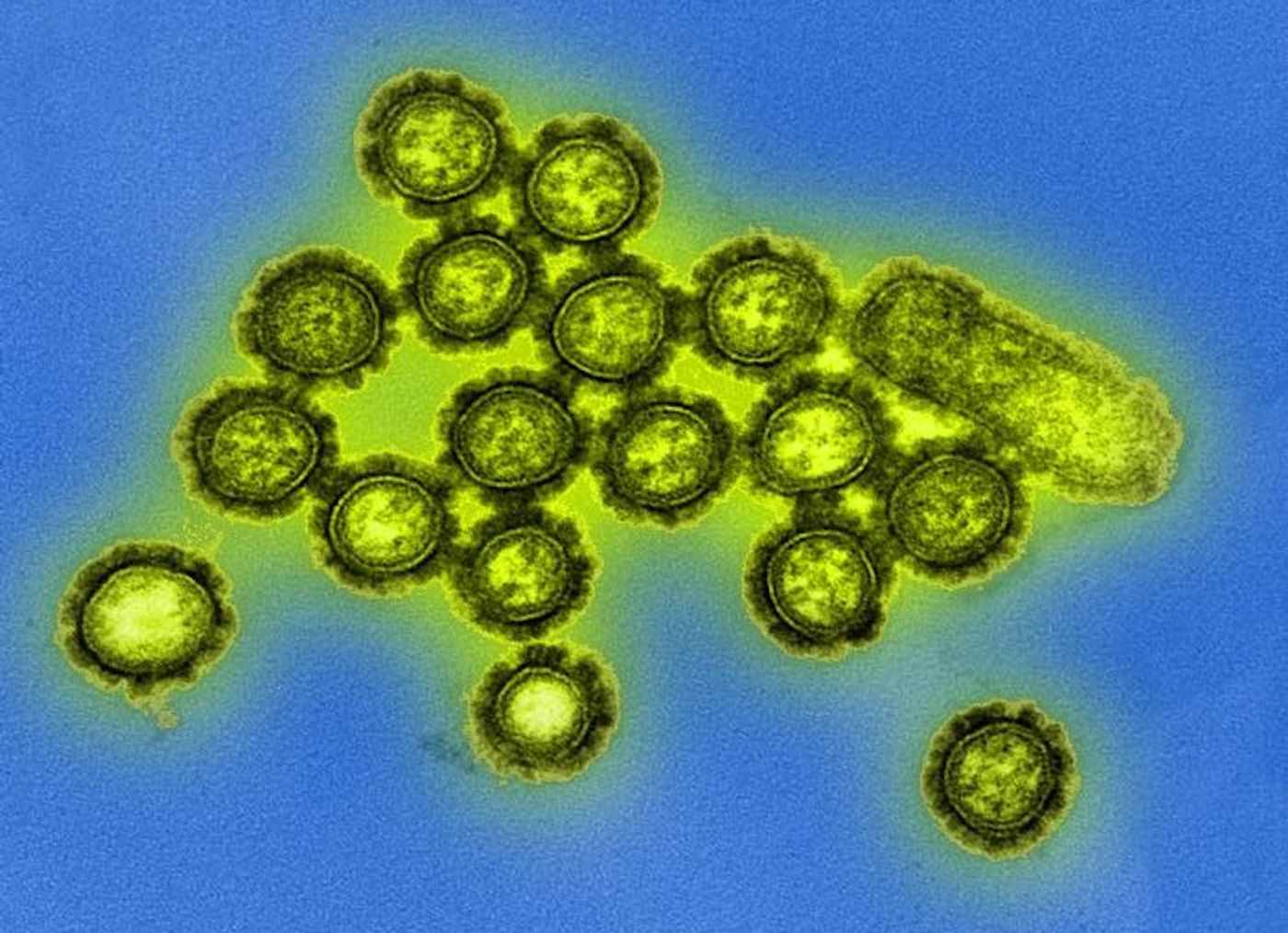Our Flu Response Is Influenced by Previous Exposures
The flu is caused by a respiratory virus that evolves from year to year. Three kinds of influenza viruses infect humans, and types A and B are the most common. The (A)H1N1 and A(H3N2) subtypes are currently circulating in humans. Their rapid evolution allows them to get around the immunity people have built up from exposure to other strains or vaccines, which means a new vaccine has to be created every year, and it doesn't matter whether a person had the flu one year, they may still get it the next. Researchers have now found, however, that flu infections that occur in early life can help predict how future flu infections will affect an individual. These early infections may also influence the efficacy of vaccines. These findings have been reported in eLife.
A flu infection that happens during childhood is known to have long-lasting protective effects, as shown by a 2016 report in Science. "Since the risk of influenza infection in a given age group changes over time, factors other than age may affect our susceptibility to infection," said the first author of the new study, Philip Arevalo, a postdoctoral researcher in the lab of senior author Sarah Cobey at the Department of Ecology and Evolution, University of Chicago. "We wanted to see whether these differences can be explained in part by the protection gained from childhood flu infection, which has lasting impacts on the immune response to future infections and the protection against new influenza A subtypes."
The researchers wanted to quantify how seasonal influenza exposure in early life affected people's infections in later life, and looked to studies of vaccine effectiveness conducted by the Marshfield Epidemiologic Study Area (MESA) in Marshfield, Wisconsin. The seasonal studies occurred from the 2007-2008 season to the 2017-2018 season. People that were older than six months of age and treated for acute respiratory infection were recruited for the study.
The scientists found that influenza A subtypes H1N1 and H3N2 evolved significantly while the study was being done, but people that were infected with the same subtype later in life were less likely to need medical attention for the later infections. The effect was more significant for the H1N1 strain than the H3N2 strain.
"We hope the findings from our study will improve our understanding of influenza epidemiology and the low and variable effectiveness of the seasonal flu vaccine," concluded Cobey. "This would lead to better forecasting and vaccination strategies to help combat future flu seasons."
Sources: AAAS/Eurekalert! via eLife, eLife Arevalo et al 2020









